|
 |
The search for more
space for carrying passengers or cargo was something that the European
market seeking, for the time, many models of cars, had their "rural"
or station wagon version.
The Ford Taunus was not
out and took over his life station versions. Hardly anyone knows that
our country adopted a station version to produce the plant in General
Pacheco, and launch the local market, but unfortunately this never
happened... |
The history of the countryside in the Taunus version begins in 1948 with the
Taunus Kastenwagen, from the G73 model that had begun to occur in 1939.
This utility was in fact a
closed truck, which increased the carrying capacity of livestock due to space
thanks to its design.
However, the first rural (Station
Wagon) would be introduced in 1955, the hand of the G13 and Taunus 12M/15M
call Taunus "Combi", a feature of the model was only available in 2 doors plus
a tailgate rear opening to one side.
This model was imported to
Argentina, but only a few units, together with its sedan sibling, being the
first Taunus that touched these lands.
 The
next Taunus, was known Taunus 17M P2 baroque, and his version was heavily
station and incorporating USA / Sports for luxury amenities such as heating
and sunroof, among other things, and reverse lights as a safety measure, and a
system of semi-automatic gears, called Saxomat.
The
next Taunus, was known Taunus 17M P2 baroque, and his version was heavily
station and incorporating USA / Sports for luxury amenities such as heating
and sunroof, among other things, and reverse lights as a safety measure, and a
system of semi-automatic gears, called Saxomat.
The tailgate, had the
particularity of being opened in two halves. One down, and the other, where
the quiver window upwards, which facilitated the opening over the previous
model.
The Revolution of Cologne "meant,
the aerodynamic adrema Taunus 17M P3, a station variant now called the"
Turnier ".
The first series of P3, bringing
the taillights on the trailing edge of the roof later, setting up an air of
modernity rarely seen, and whose idea back almost 40 years later with the
arrival of the Focus and some rural areas of other brands.
|
The second set of P3,
change the opening of the tailgate and relocate back to the taillights
to the rear corner of the rear fenders, continuing the line of the
curved bumpers.
This design would anticipate the forms of the Taunus
P5, which would be released soon. |
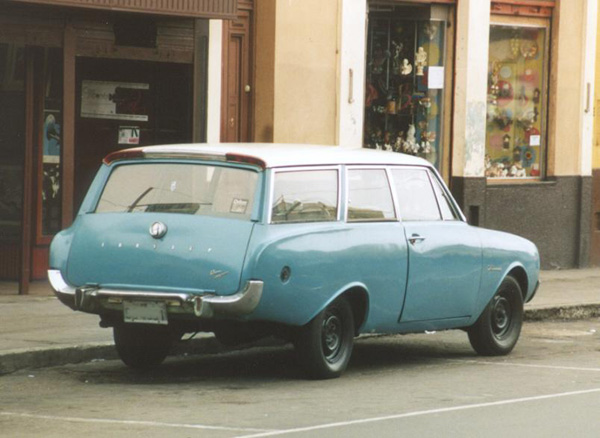 |
 |
|
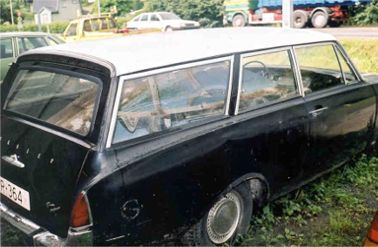 |
 |
The Taunus P5, was
nothing, that the reaffirmation of the previous model on the market
and gave this design a rejuvenation that kept him on the market until
1967.
One major change was the
relocation of the rear lights, now located in a more traditional. |
The Taunus Turnier finally
acquired as the 4-door option and access to luxury, accompanied by a good
dynamic performance, through 2000cm ³ V6 engine of 95bhp. It could be bought
tento 17M and 20M versions of the model.
Opening up the gate that was in
one piece, and would be set in final form until 1982, when the factory would
last Wagon.
The Taunus 12M P4 and P6 had
12M/15M Turnier versions but only 2 doors.
The Taunus P7A and Q7b also
enjoyed variants 2 and 4 door models in its 17M and 20M.
|

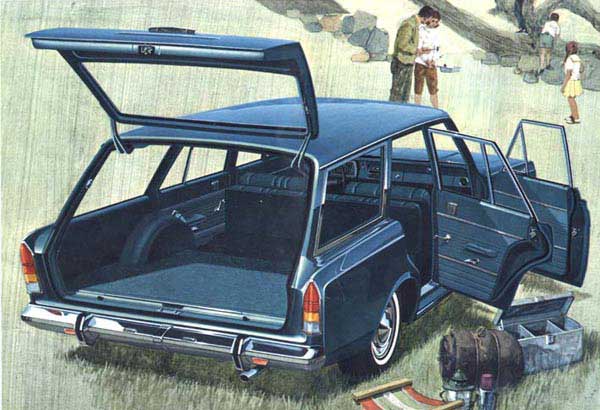
Taunus
P7a |
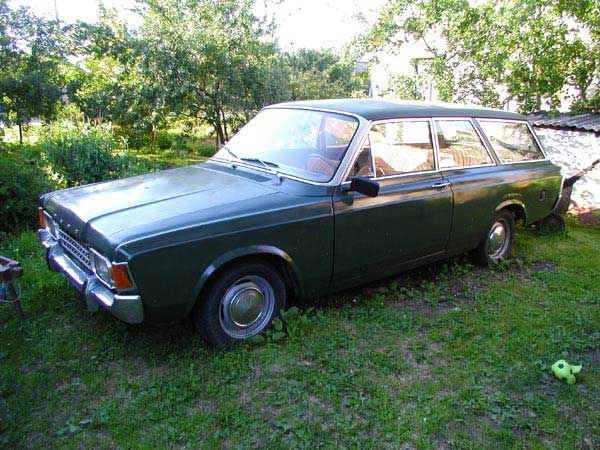
Taunus
P7b
In the photo above, we
can appreciate the P7b Turnier only two doors, one batch was
especially built for the Swedish Armed Forces.
There were only about
200 of these characteristics. |
In 1970, the third generation of
Taunus see the light, and with it the new "Wagon" in only 4-door versions and
various trim levels, with engines that go from 1300 cm ³ to 2300 cm ³ with the
Taunus TC3.


|
 |
 |
|
Taunus
TC2 |
|
 |
|
Taunus
TC3 |
The only thing I can criticize
is that both version TC1, the TC2 and TC3 were no differences in their rear,
the same design and even the same light, not seen in the TC3 envelope that had
the headlights Ghia coupe or such.
|
As is known, in our country,
rural versions never had great popularity, with some exceptions.
By 1978, engineers at Ford
Argentina, proposed to headquarters, the local production of the Taunus Wagon,
and although approved, was never released.
Here's a confidential
document (part of our archive and courtesy of Ford Argentina) which
demonstrates that the May 15, 1978, managers and, at the time of Ford
Motor Argentina, presented the project to manufacture in our country the
rural version of the Taunus TC1. This document is then sent to Ford
Motor Company in Detroit, that was approved, we do not know because,
being the ok, never made it.
They say rural Falcon
played a good role and it was not necessary to remove a rural version of
the Taunus. Maybe if it had been manufactured, the Falcon would have
shifted that segment would be one of the fears, knowing the success that
our country had the Taunus? Maybe, if so, history would have been
different.
|
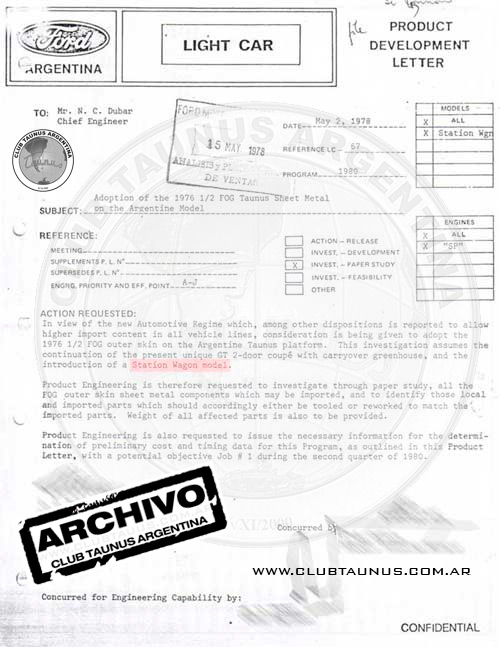 |
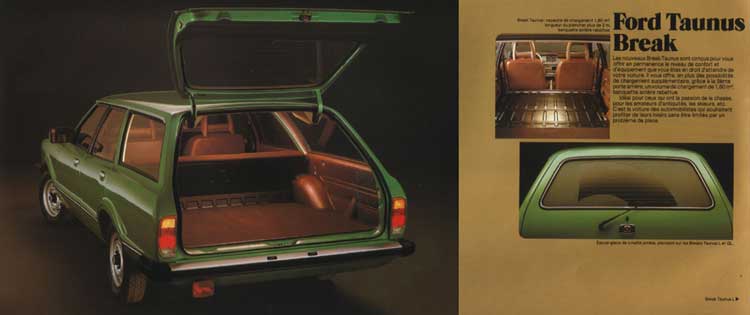
Within the broader history of
the Taunus versions, there were projects to improve rural versions, such as
the Taunus Turnier "Kurtz", which shortened the length of the car, to make it
more agile in traffic jams in the Europe of the sixties.
|
TECHNICAL CARD |
|
Report: The
Amplitude of Space |
Redaction:
Alejandro (06) / Carlos (01) |
|
Date:
01/03/2003 |
Edition:
Carlos (01) |
|
Investigation:
Ale (06) / Carlos (01) |
Collab:
Vedi (17M.de) / Ford Argentina S.A. |